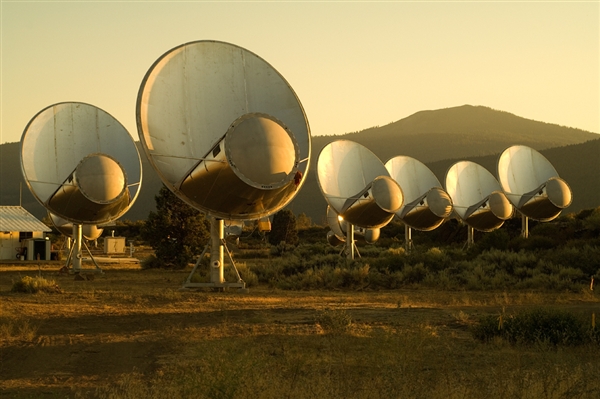
“‘We’re not completely out of the woods yet, but everybody’s smiling here,’ the institute’s chief executive officer, Tom Pierson, told me today.” Also in good space exploration news, SETI’s Allen Telescope Array is now back online thanks to a wave of private donations. “Among the contributors are Jodie Foster…science-fiction writer Larry Niven…and Apollo 8 astronaut Bill Anders…’It is absolutely irresponsible of the human race not to be searching for evidence of extraterrestrial intelligence,’ Anders wrote in a note accompanying his contribution.“
